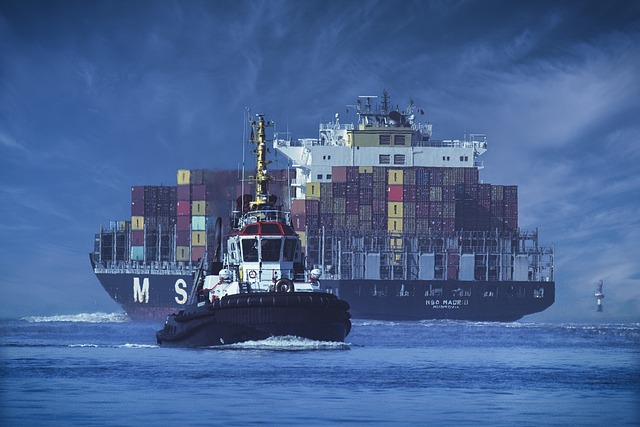The car shipping process involves enclosed or open transport methods, each offering distinct advantages. Enclosed containers protect high-value cars from weather, debris, and theft, while open transport is cost-effective for everyday vehicles. Secure fastening and tracking systems ensure stability and peace of mind for both. Key decisions involve weather, cost, speed, vehicle size, and condition, balancing protection and affordability during the car shipping process.
“Unsure about the best way to transport your vehicle? Discover the enclosed and open car transport services that define the modern car shipping process. This comprehensive guide breaks down the fundamentals of car shipping, explores the contrasting methods of enclosed and open carriers, and highlights key factors influencing your decision. Whether you’re a car dealer or an individual shipper, understanding these options is crucial for a smooth, secure, and cost-effective car shipping experience.”
- Understanding Car Transport: The Basics
- Enclosed vs Open Car Shipping Methods
- Factors Influencing Your Choice in Car Transport Services
Understanding Car Transport: The Basics

Car transport services play a vital role in moving vehicles from one location to another, whether across states or countries. Understanding the basics of this process is key to making informed decisions when choosing between enclosed and open transport methods. The car shipping process involves several steps, beginning with vehicle pickup, where a carrier or transportation company assesses the vehicle’s condition and prepares it for transit. In enclosed transport, vehicles are typically placed in sealed containers, offering protection from the elements and potential damage during transit. This method is popular for high-value or classic cars due to its enhanced security features.
In contrast, open transport involves carrying vehicles on flatbed trucks or trailers without any physical barriers around them. While this option may seem less secure, it’s often more cost-effective and suitable for everyday vehicles. The car shipping process then continues with careful loading, ensuring the vehicle is securely fastened to prevent movement during transit. Depending on distance and mode of transport, tracking systems are often used to monitor the vehicle’s progress, providing peace of mind to customers throughout the journey.
Enclosed vs Open Car Shipping Methods

When considering car shipping services, understanding the difference between enclosed and open transport methods is essential for an informed decision. Enclosed car shipping involves transporting vehicles within a secure, closed container, providing maximum protection against the elements and potential damage during transit. This method is ideal for high-end or classic cars, as it offers a level of safety and security that open transport cannot match. The enclosed container acts as a crucible, shielding the vehicle from direct sunlight, rain, snow, and other weather conditions, as well as potential road debris.
In contrast, open car shipping utilizes flatbed trucks with no enclosure, exposing the vehicles to the outdoors during transportation. While this method is generally more affordable, it offers fewer protections against environmental factors. Open transport is suitable for more common or less valuable cars where some exposure and potential weather-related wear and tear are acceptable. Despite the lack of a physical barrier, modern open shipping techniques employ secure tie-downs and restraints to minimize movement within the bed of the truck, ensuring a safe car shipping process.
Factors Influencing Your Choice in Car Transport Services

When deciding between enclosed and open car transport services, several factors come into play, each holding equal weight in shaping your decision for the car shipping process. These choices significantly impact not just the safety of your vehicle during transit but also determine the overall cost and speed of delivery.
Considerations such as weather conditions and road climates are paramount. Open-air transport may be more appealing due to its cost-effectiveness, but it leaves vehicles vulnerable to adverse weather, potential theft, and physical damage from debris or other vehicles. Enclosed carriers, on the other hand, provide a secure, sheltered environment, better protecting your car from these elements but at a slightly higher price point. Additionally, the size and condition of your vehicle should guide your choice; larger or more delicate cars might necessitate enclosed transport for assured safety during transit across diverse road conditions.
When choosing between enclosed and open car transport services, consider your vehicle’s safety, weather conditions, and budget. The car shipping process involves unique considerations for each method. Enclosed carriers offer superior protection from elements and potential damage during transit, while open transport is more cost-effective but exposes the vehicle to outdoor conditions. Factors like distance, route, and your vehicle’s make and model should also influence your decision to ensure a smooth and secure car shipping experience.
